Not having made appreciable progress on the carroza front, I decided to try more aggressive tactics. Having by now cultivated a personal network of antique dealers from pursuing other (non-processional-image-connected) heritage-related interests, I let out word that we were on the lookout for antique or vintage carrozas, suitable for a solitary processional figure.
My first lead in this arena came, not from an antique dealer, but from a presumably moonlighting employee at the fiberglass-carroza-making firm that I had visited a few weeks previously. When the boss had stepped out momentarily, he told me in a rather shifty manner that he knew of an antique silver carroza in storage nearby, that was being offered for sale. When I got to the place, in an unlikely part of the city, I discovered that the seller was actually an antique dealer herself. There’s no way to avoid them, I guess.
She led me to her pitch-dark bodega, where I could barely make out her silver carroza. It was only through the gallantry of my camera’s tiny built-in flash that I could actually see what she was offering to sell.
It’s not obvious from the photos above, but this was actually a smaller-scaled carroza than usual, most suitable for solitary images of no more than four feet in height. So, given our Saint Martha's target five-foot-stance, I had to pass on this, even if many months later the seller had invested in much-needed replating
which restoration had unfortunately left out the chassis. Plus of course, the whole thing remained undersized versus our requirements.
My favorite antique dealer from the northeastern reaches of Bulacan introduced me to a couple of carrozas, both at that time in the possession of an enterprising collector in the same town. One of them was this respectable gold-painted wood-appliquéd specimen, parked in the collector’s backyard garage, which he seemed keen to dispose of (but for a variety of reasons that I can't quite put my finger on right now -- perhaps simply a lack of interestingness -- I was not keen to pick up).
His other carroza was a silver-plated brass affair, billed as antique but perhaps not assuredly so. Whether it was really antique or not, it was impressive, and nearly worth every centavo of the “impressive” (that’s our euphemism now, okay?) price that was being quoted for it.
The entire carroza was convincingly and authentically not powered by car batteries, or a generator for its lighting, nor even by a “kalburo” (powdered carbide as fuel) gaslight system, but by white altar candles on pescantes (single-stemmed light fixtures) and enclosed by clear tulip-shaped virinas (glass shades).
The central feature of the panels was a protruding shape, perhaps originally a Sacred Heart, but now smoothed out into anonymity to better fit this carroza’s then-current use as the vehicle for the owner’s processional image of the Immaculate Conception.
What was curious was that this carroza wasn’t even for sale. Or rather, that the asking price initially quoted was “for information purposes only.” Which was to say, “I’m not yet selling, but if I get an offer for at least this amount, I might think about it.” (A few years later, the owner did part with this carroza, and for the buyer’s sake I hope that the price was more reasonable.)
The Bulacan antique dealer who accompanied me to this carroza-owning collector also accompanied me to another collector in more distant Nueva Ecija. It was there that I saw his carroza, parked in a messy (to put it mildly) garage, a processional image still mounted on it. It was in wood, with appliqués that I was not sure were silver-painted wood or chrome-plated metal (I hesitated to get near to check and consequently upset the fine mess that it was in.)
This particular carroza was not for sale, as it was probably still in the owner’s regular use. (Ya’ think?) But out in the driveway was another vehicle, openly displayed for everyone’s appreciation.
It was another silver carroza, not as finely wrought as the one that I had previously seen, but it had an intricate design and, because it was likely not antique, was in excellent condition.
The owner-collector, who by now I realized was a dealer himself, even trotted out a set of four brass arboltantes (“tree”-like [hence “arbol”] lampstands with multiple lights), supposedly de-accessioned from an altar in Pampanga. They were being offered to accompany this then-lightless carroza, naturally at extra cost.
The price tag was less than that of the earlier silver carroza, but was still not inexpensive (and was even less so with the four brass arboltantes), therefore I was not inclined to jump in just yet.
The owner-collector of these two carrozas that I had just seen in his residential compound was, as it turns out, more than just a carroza dealer himself. He was in fact a full-fledged entrepreneur who operated a woodworking shop that mass-produced antique reproduction furniture in Philippine hardwoods, mostly narra and kamagong. He would then sell these reproductions at relatively low prices to antique dealers in Manila, who would make hefty margins on them from rather naïve or unadventurous (or both) urbanites with deep pockets.
This was the body of a wooden carroza, essentially completed and therefore clearly recognizable, even without the appliqués and other decorations that one might specify. The light fixtures also still had to be installed, and the chassis was as yet nonexistent. I had separately learned that there were usually other specialist sources of such metal carroza components, and that it was quite commonplace for carroza owners to acquire these things and put them together themselves, almost like a Lego project for the big boys.
The price of this wooden carroza body, ready for finishing and mounting on a chassis, was quite reasonable, perhaps even inexpensive. But as a complete beginner at these things, I did not relish the prospect of spending evenings and weekends shoehorning a carroza body onto a chassis, amongst other contortions, so I decided to pass on this, and instead just add this to my growing file.
This collector-dealer-entrepreneur's silver carroza (with optional brass arboltantes), on the other hand, was subsequently purchased by a family of dealers and collectors in Manila, who used it over a short period for their own processional image, before selling it for what I presume was a fair-sized profit. In fact, this family's antique shop was my next stop, because I had heard that they had, at least in the past, manufactured carrozas (and just about anything else) to order, with their firm's renowned quality (and top price to match).
Back in their showroom, the proprietor-couple informed me that while their recently deceased mother, the founder of the firm, might have readily agreed to make a carroza to our order, they were not really keen to do so now, as they were in the midst of other large jobs (as well as an internal restructuring), and felt that my interests were better served by specialist carroza makers.
I appreciated the response, and thanked them for it. Besides, as it turns out, my family and I had many occasions to patronize this establishment in the following years since then anyway. (And perhaps, we also weren't really keen on an all-gold carroza after all.)
So I recounted all my key findings to him, ending with a declaration of frustration about not having yet found the right carroza for our Saint Martha.
He then guided me through a review of our current situation, helping me conclude with two basic points: (1) Having seen and considered both wooden and metal carrozas, my family’s preference was for a wooden one for Saint Martha; and (2) We still believed that the right benchmark for this was the metal-appliqué-on-wood carroza of the Barasoain Santa Marta that we had examined the previous Holy Week.
Mr. Vecin then said that while he was not really a carroza maker and did not normally make carrozas except for clients for whom he was already making processional images anyway (he had just made an all-metal one for the Cavite Last Supper that he had been rushing to complete for Holy Week at the time I first met him just a couple of months before), he would be honored and pleased if we decided to commission Saint Martha’s carroza from him as well, and asked to be given a short period of time to prepare a quotation.
Having already received copies of the photos that I had taken of the Barasoain Santa Marta and its carroza, Mr. Vecin knew clearly what our benchmark was, therefore he could get working on the quote right away. In the meantime, and perhaps to whet my by-now enriched appetite for such things, he gave me a photograph from his extensive picture library, this one of yet another metal-on-wood carroza of the generic type that we preferred, from the Villa Escudero Museum Collection in Tiaong, Quezon, of which Mr. Vecin had been the long-time processional-santo-and-carroza adviser-consultant.
In just about a week, Mr. Vecin’s quote for a carroza for Saint Martha was ready. While the price was not bargain-basement cheap, I thought that it was certainly far more reasonable than the ones that I had been given in the past several months. With the assurance of a final endorsement-nudge from Alex Castro, I indicated our agreement to the quotation, paid the downpayment, and put this phase of the project to bed.
Originally published on 25 January 2009. All text and photos (except as otherwise attributed) copyright ©2009 by Leo D Cloma. The moral right of Leo D Cloma to be identified as the author of this work has been asserted.Original comments:
arcastro57 wrote on Feb 9, '09
The oval protrusion on the front panel of the carroza is derived from a traditional jewelry making technique called 'sala-salamin', vaguely serving as a reflective panel (like a bicycle's).
|
rally65 wrote on Feb 9, '09
arcastro57 said
The oval protrusion on the front panel of the carroza is derived from a traditional jewelry making technique called 'sala-salamin', vaguely serving as a reflective panel (like a bicycle's). The dealer who brought me around alleged that the then-owner had ordered a modification to that part of the panel. It did seem like an extraordinarily large protrusion -- really like a high-relief human heart. |
antigualla wrote on Feb 10, '09
Leo, what a beautiful and detailed story of you/your family's quest for Saint Martha and matching carroza. I am elated to know that more and more Catholics today are reviving our Lenten traditions. It might be a lonely battle for us but eventually we will be able to revive our beautiful and pious Lenten traditions. All the best.
|
rally65 wrote on Feb 11, '09
antigualla said
Leo, what a beautiful and detailed story of you/your family's quest for Saint Martha and matching carroza. I am elated to know that more and more Catholics today are reviving our Lenten traditions. It might be a lonely battle for us but eventually we will be able to revive our beautiful and pious Lenten traditions. All the best.
Thanks for reading and for your appreciation. You are right in observing that more and more Catholics are reviving traditional Lenten traditions.
But I don't see this advocacy as a "lonely battle" at all -- on the contrary, it has been quite fun, which is a great incentive to keep going. I trust that I'm not alone in this assessment -- one doesn't have to be a masochist to be a devout Roman Catholic! Ha ha ha. |
alfonsoramon18domy wrote on Oct 26, '10
magkano po ung 16th pic. na karo?
|
rally65 wrote on Oct 26, '10
Sorry, which one? I don't believe that any of these karos are still for sale today, as these photos were taken some years back.
|
alfonsoramon18domy wrote on Nov 20, '10
ung pagkatapos po nung may santo pa sa itaas.magkano po ibinigay na sa inyo?
|
rally65 wrote on Nov 21, '10
Naibenta yun sa isang taga-Maynila may anim na taon na siguro ang nakakaraan. Hindi ko alam kung sa anong halaga naibenta.
|
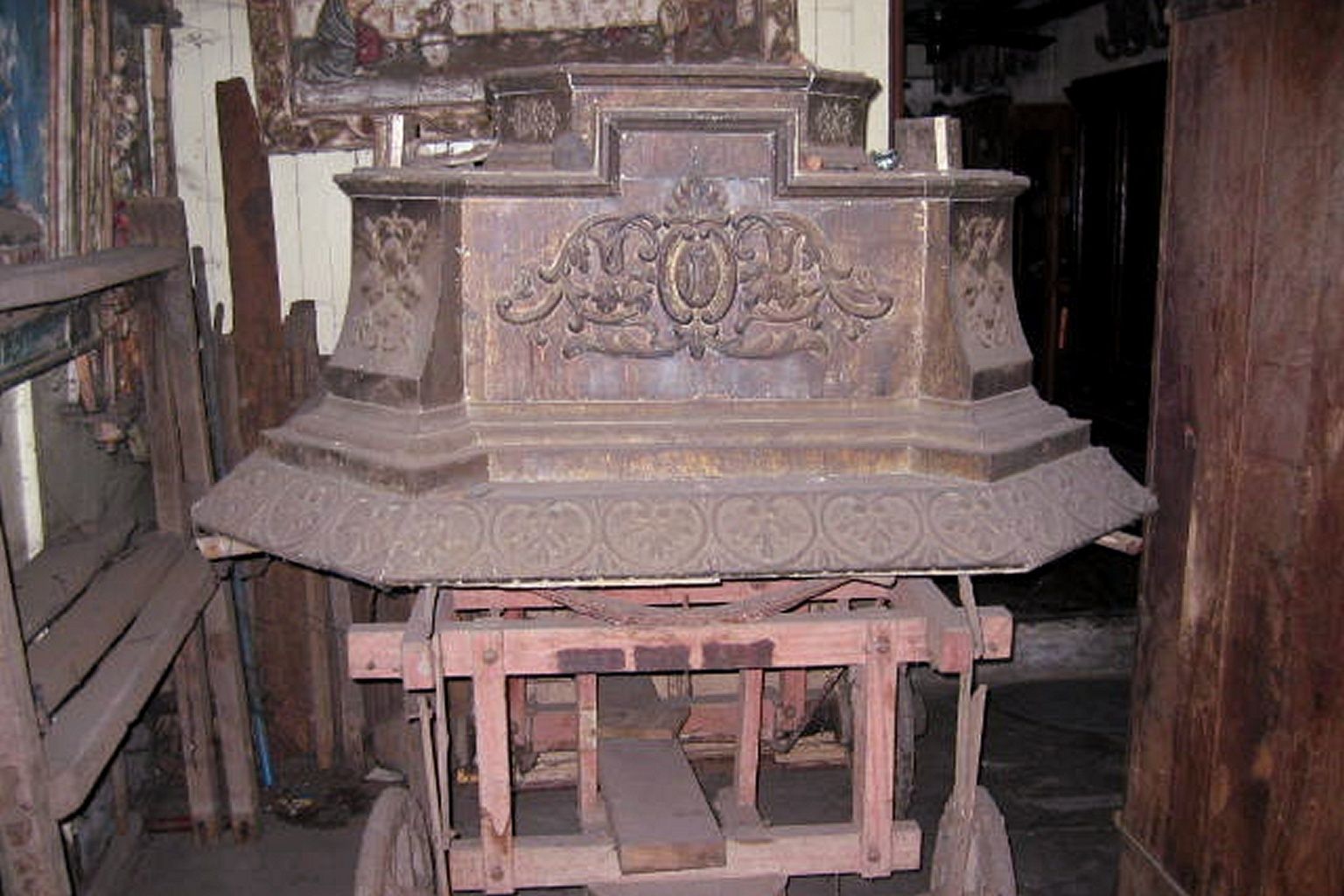
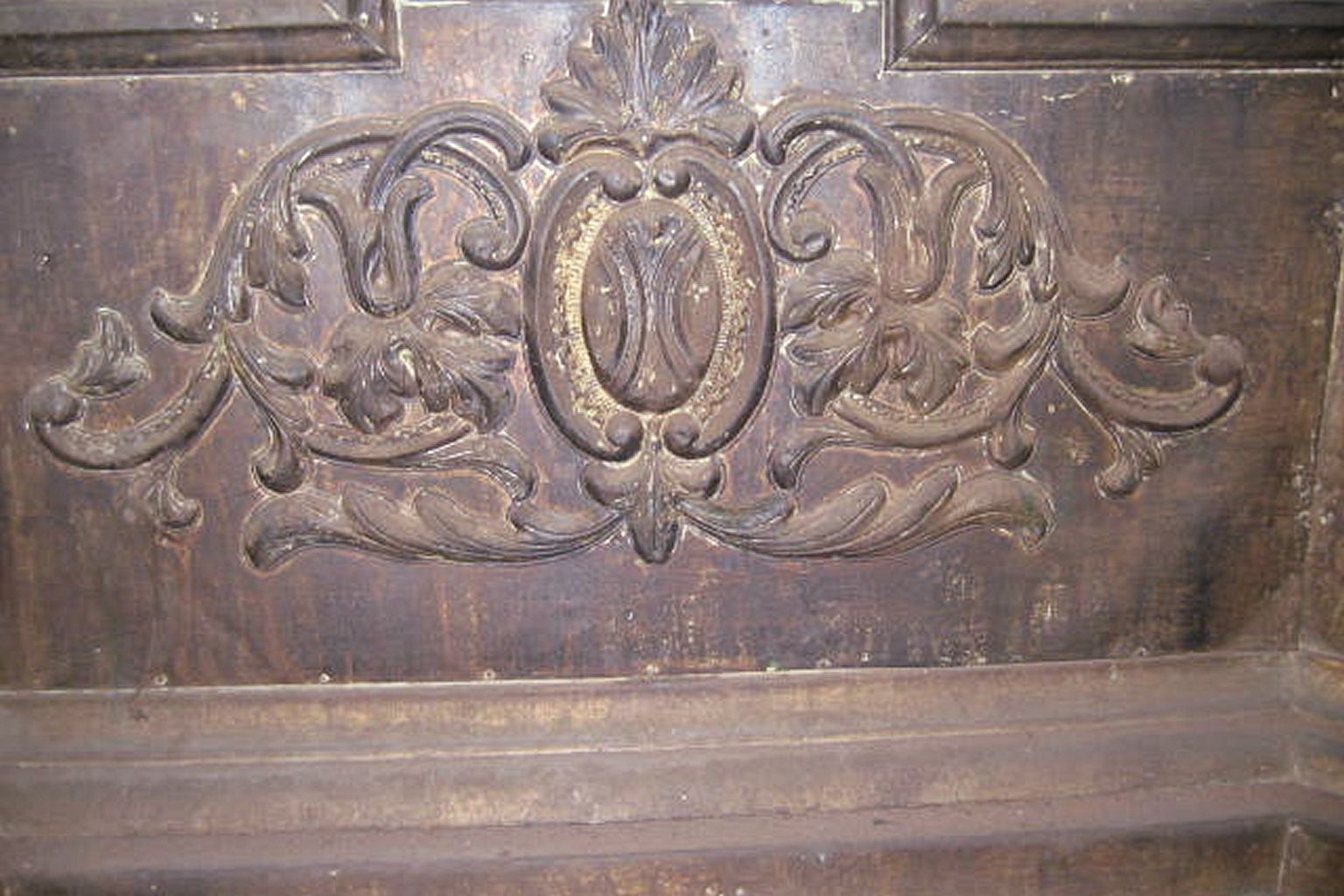
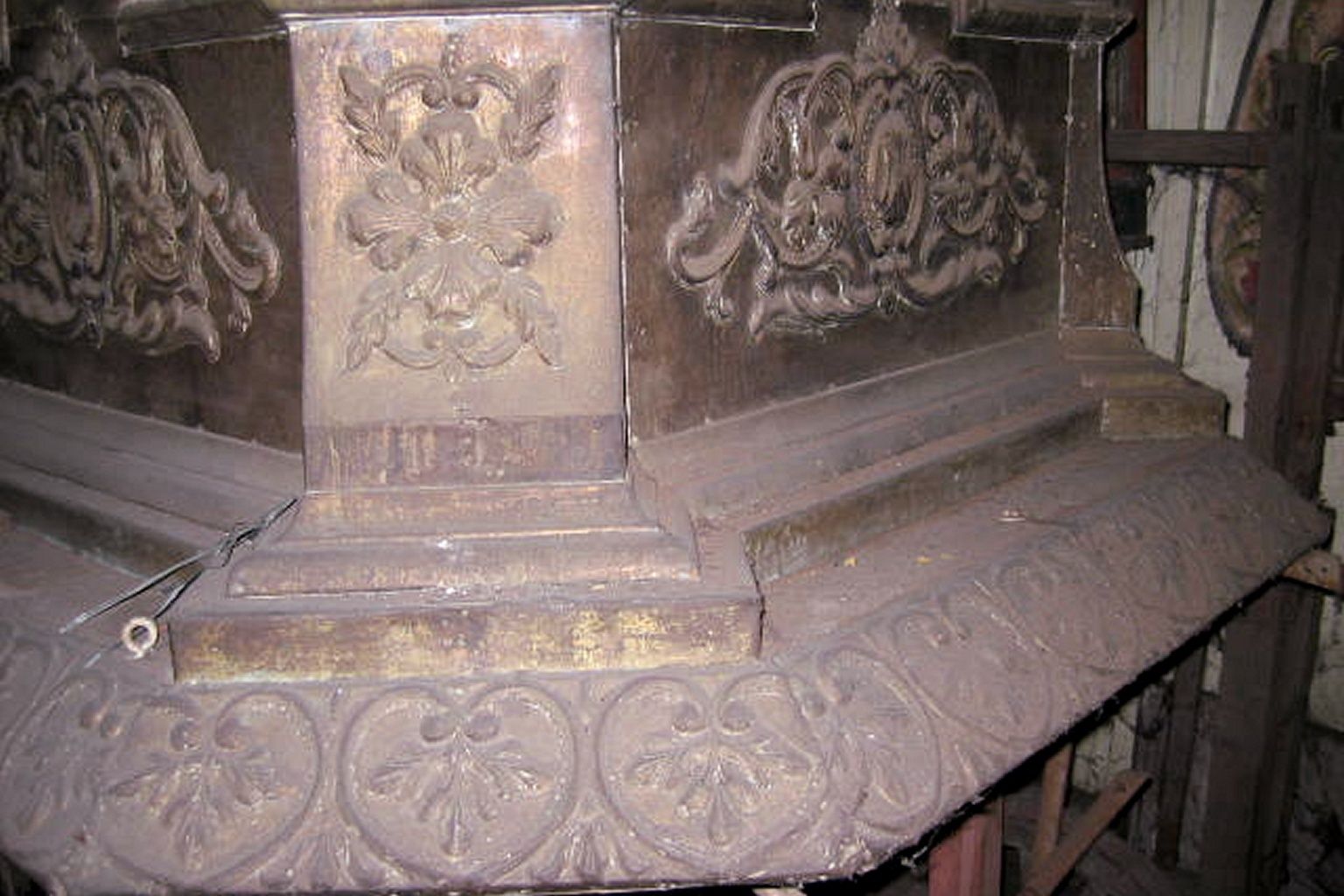
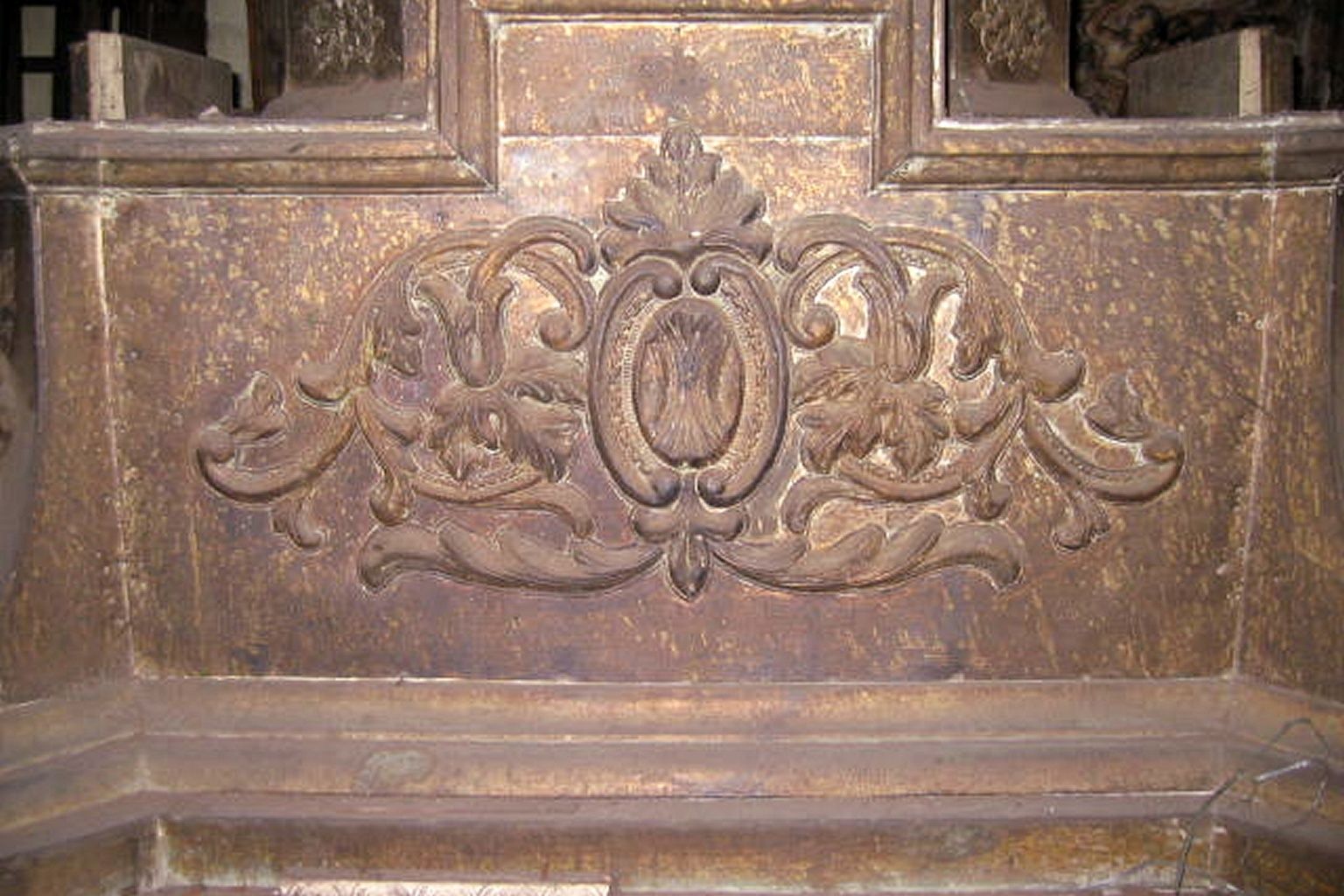

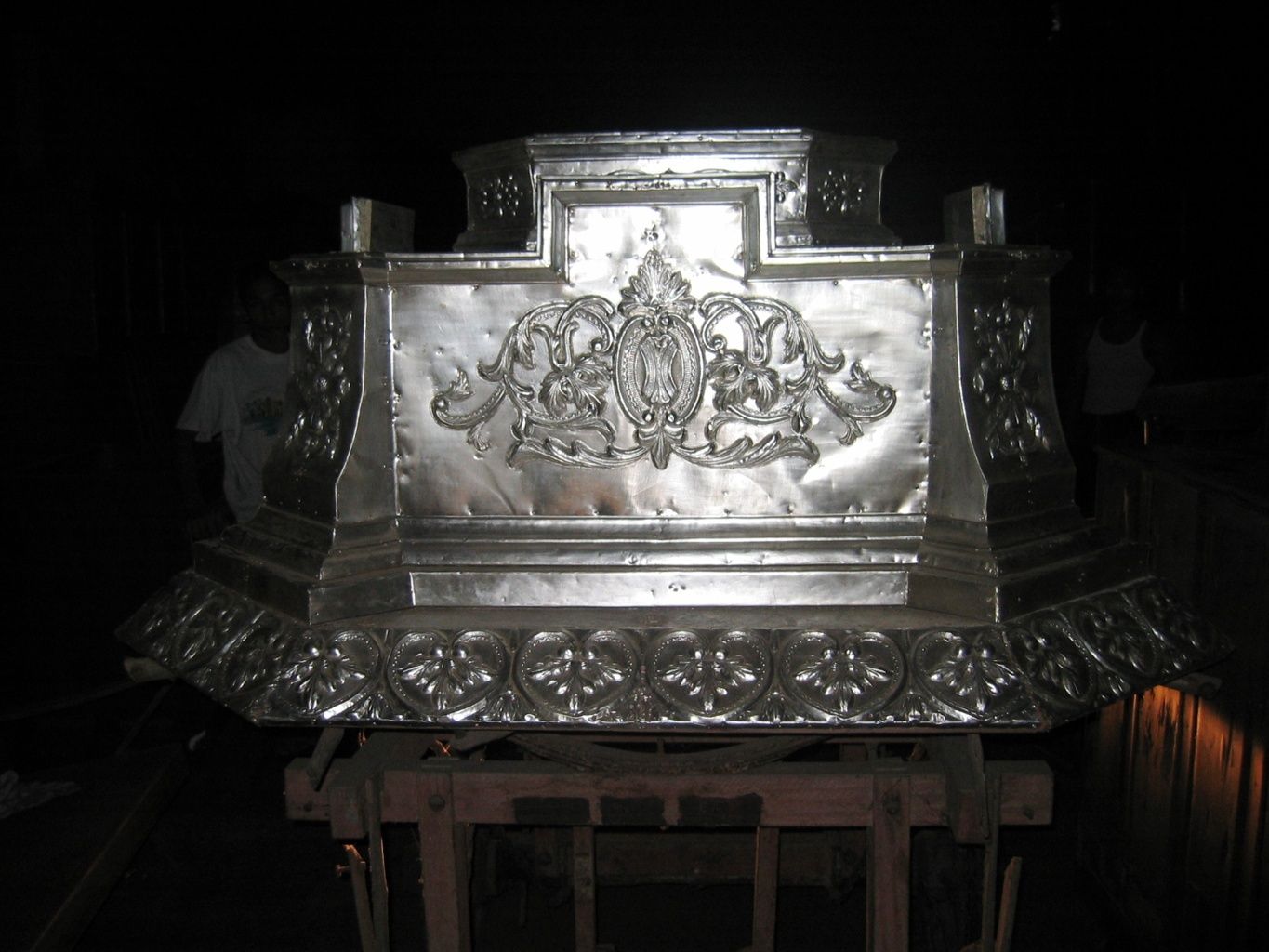
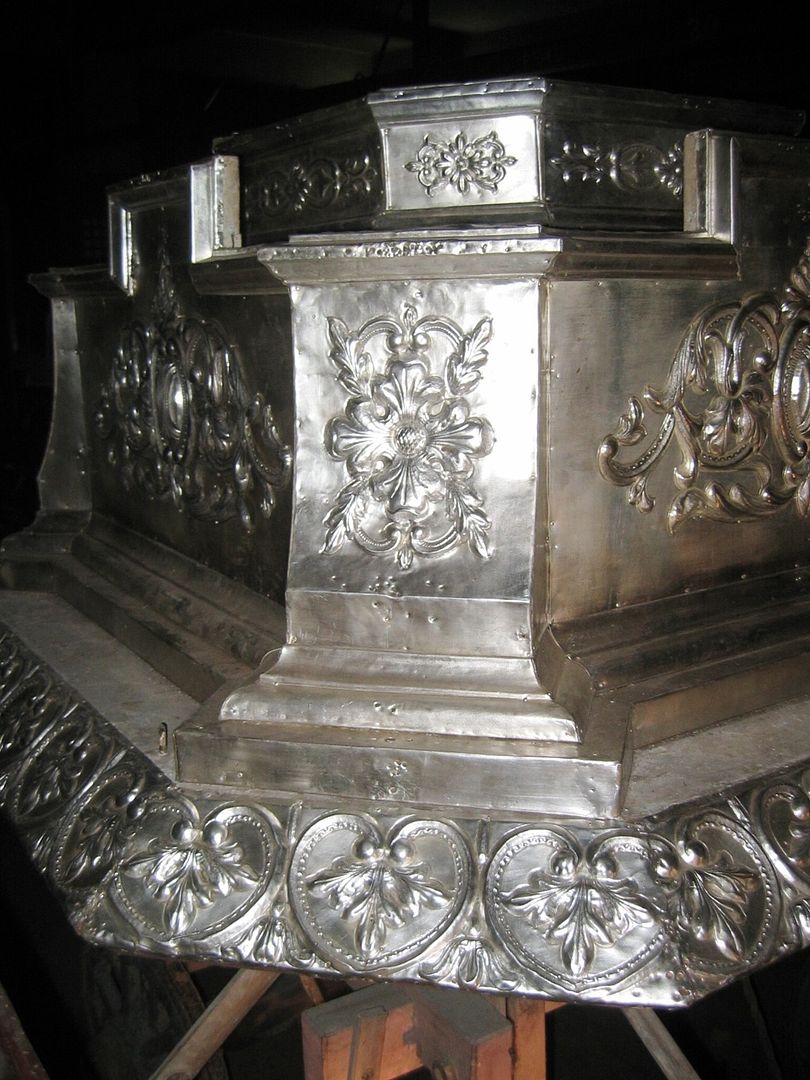
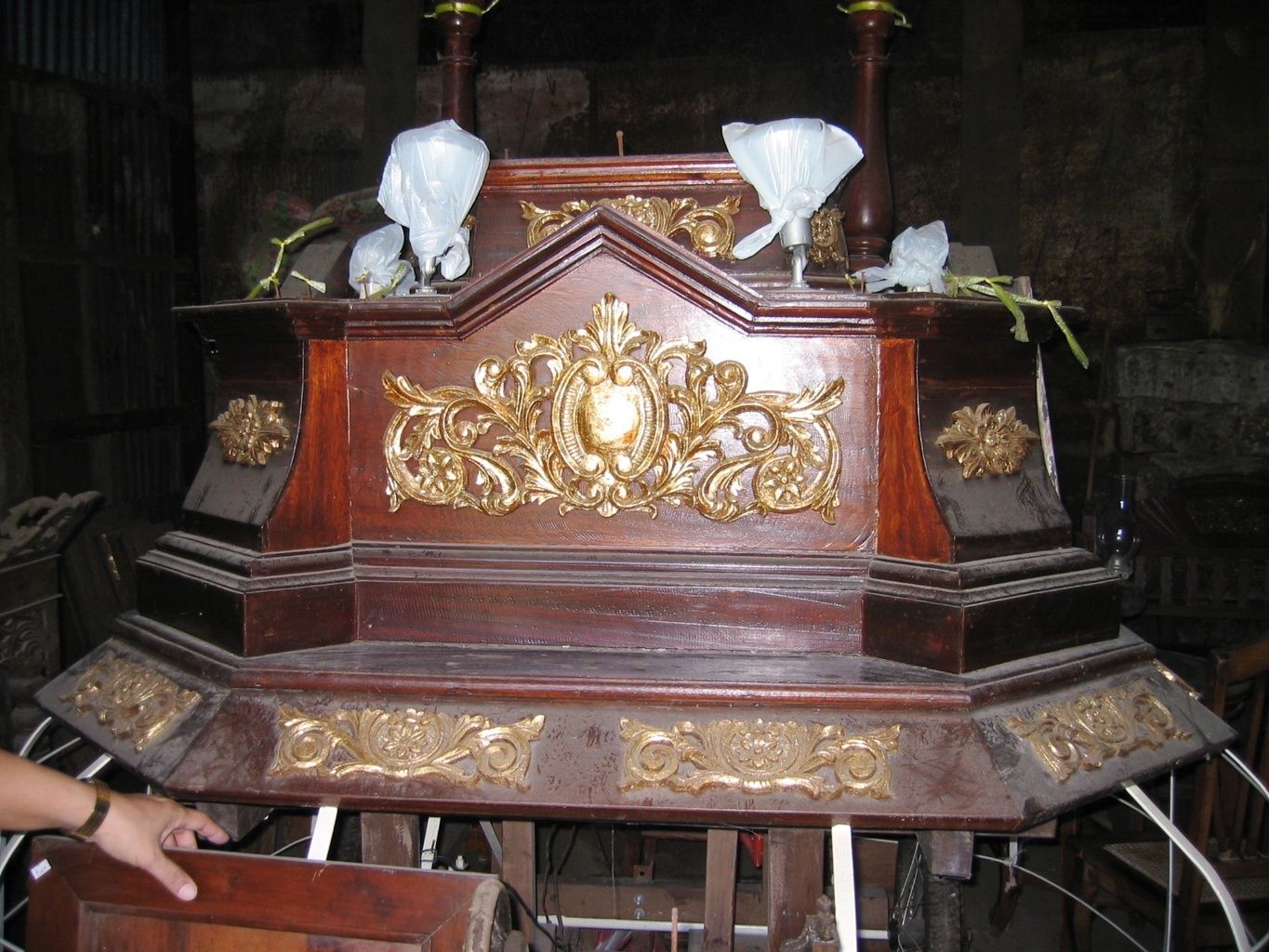
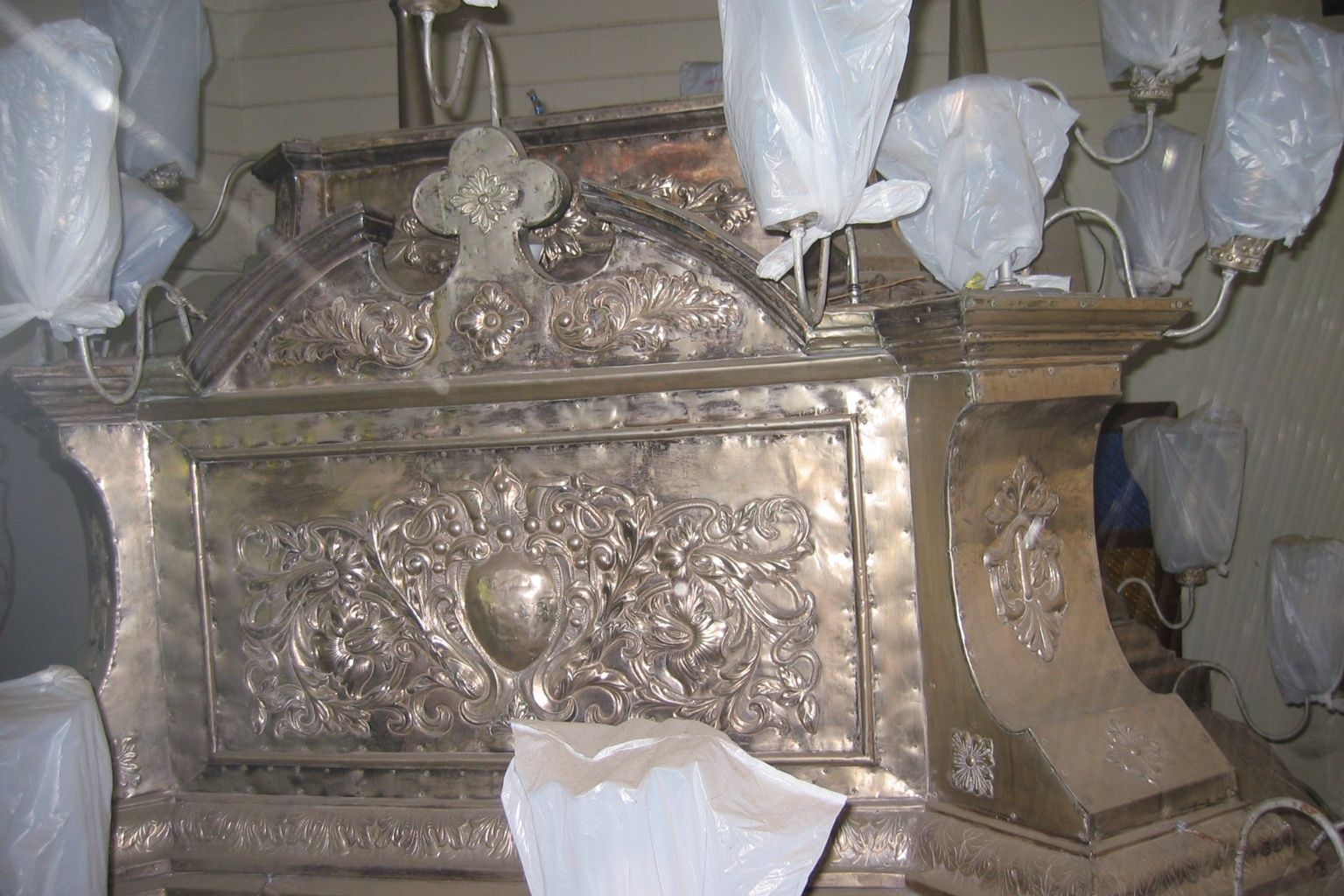
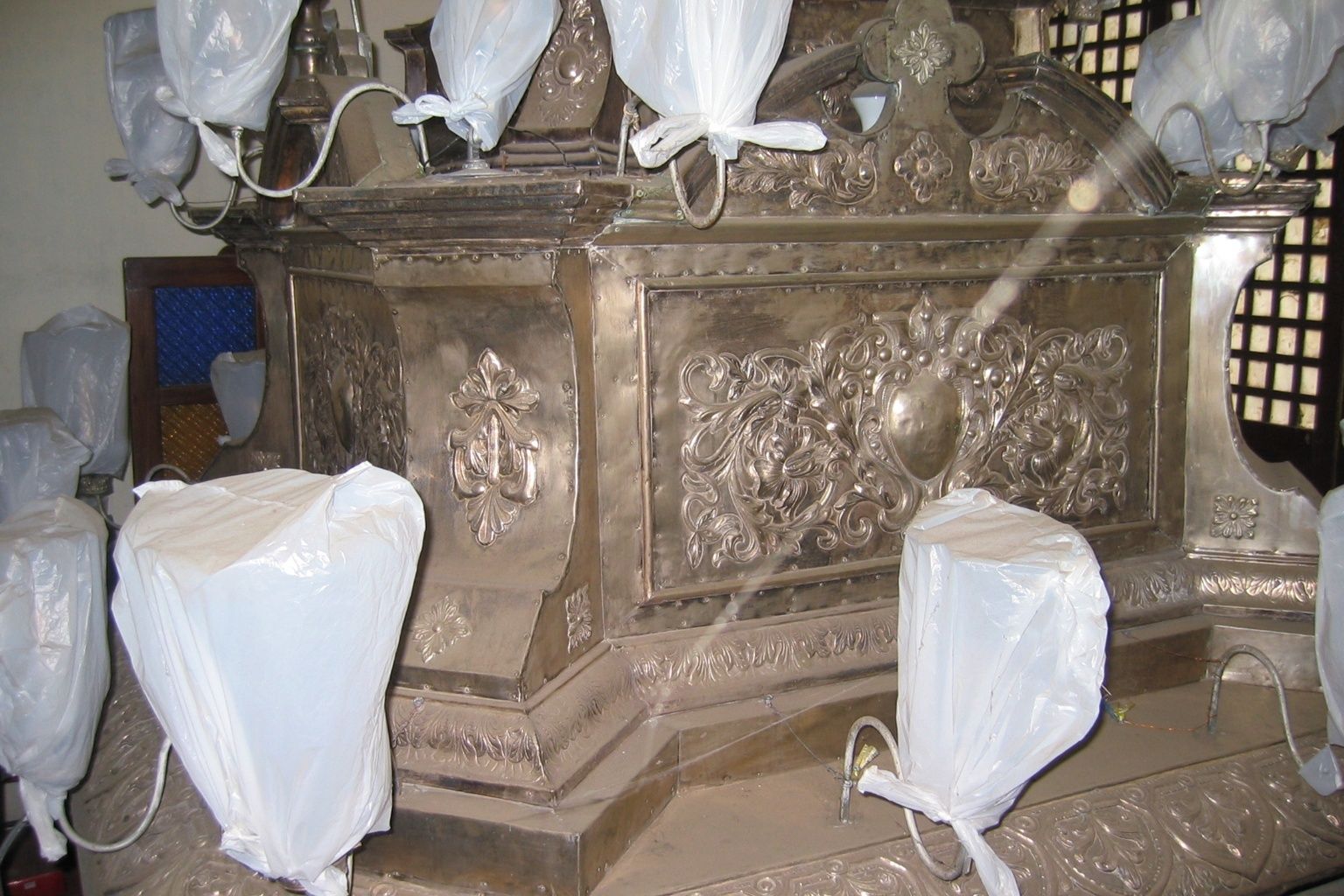
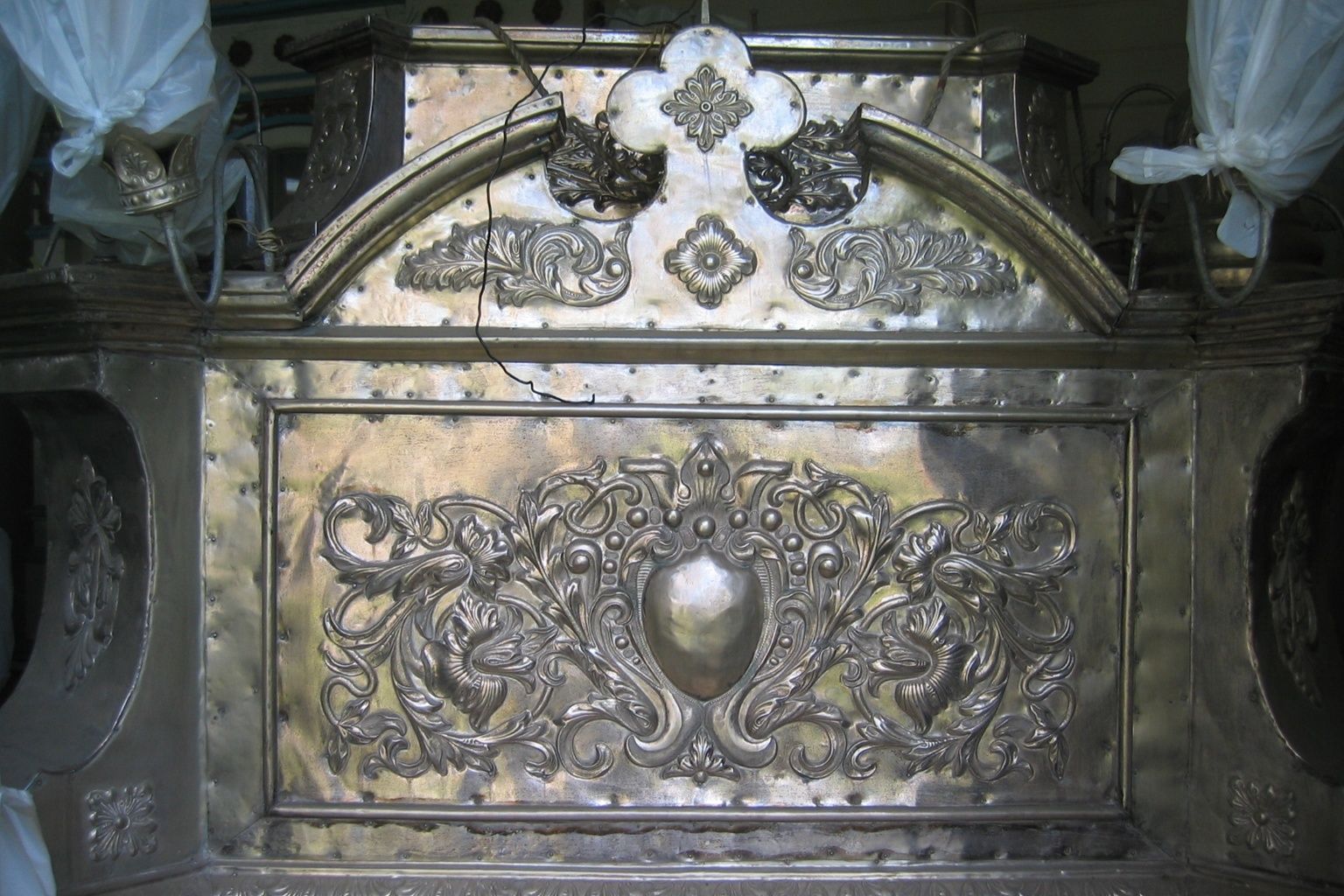
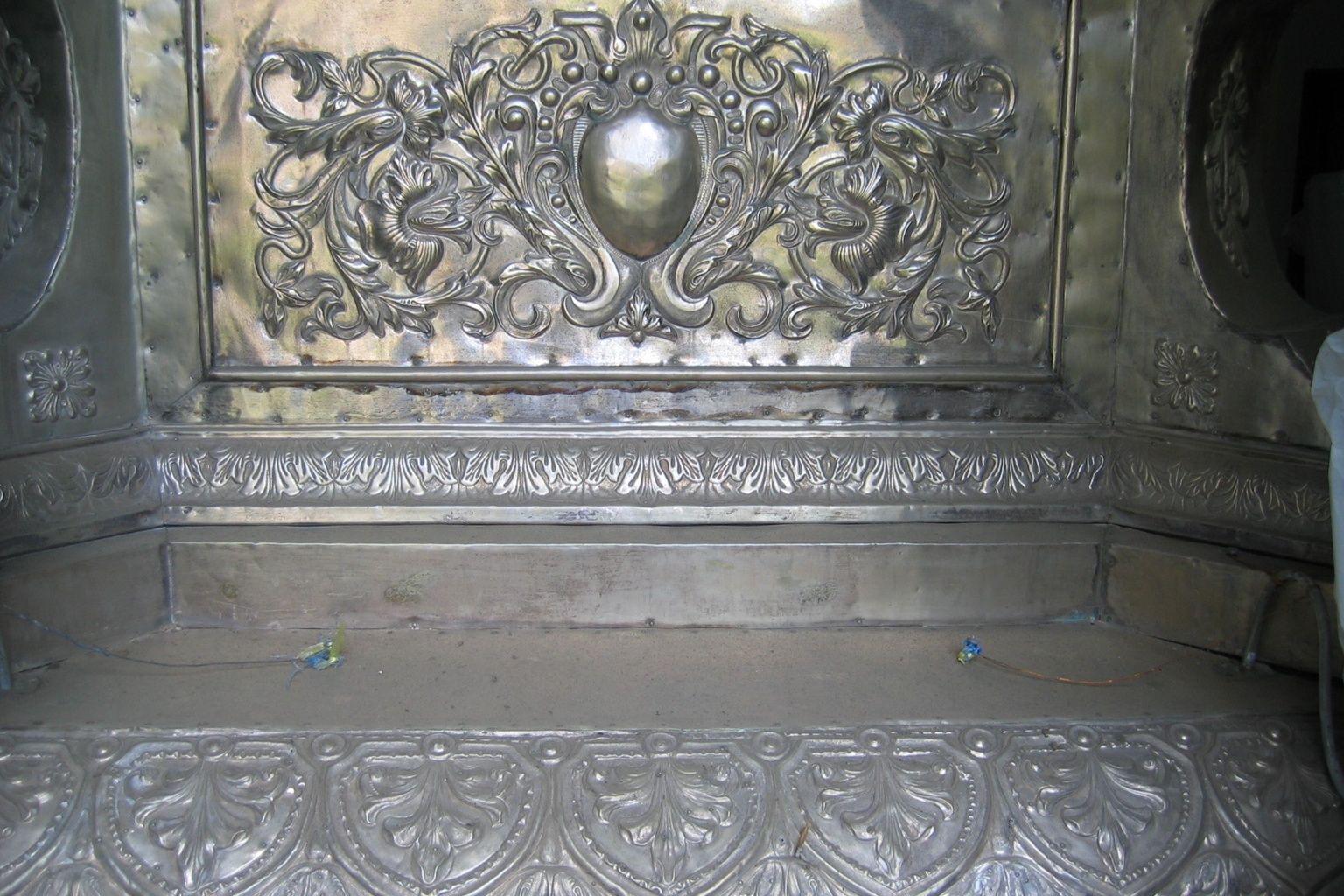
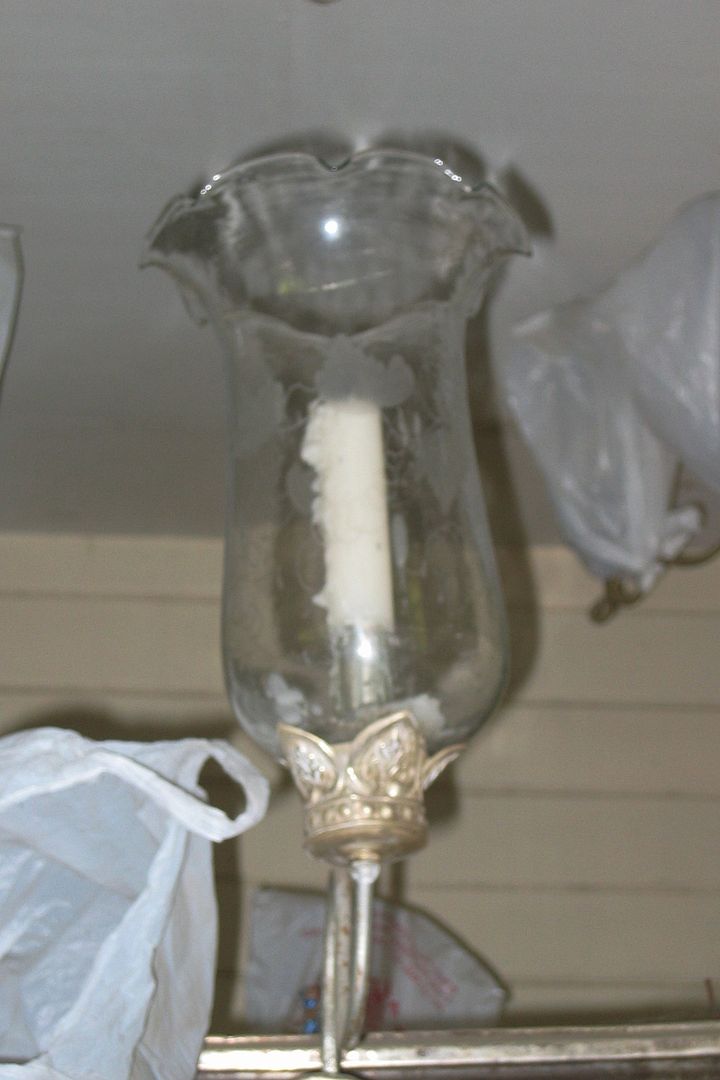

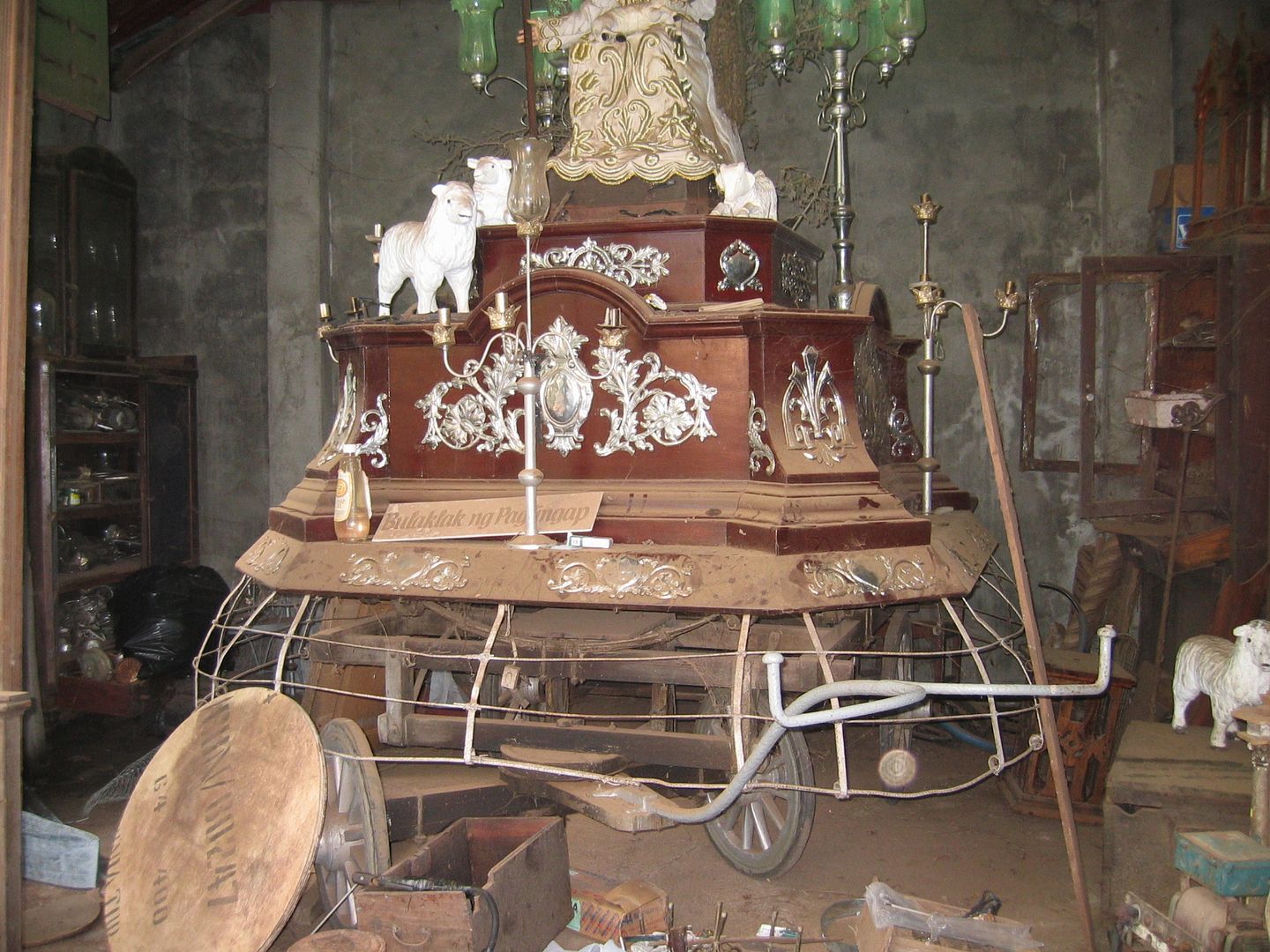

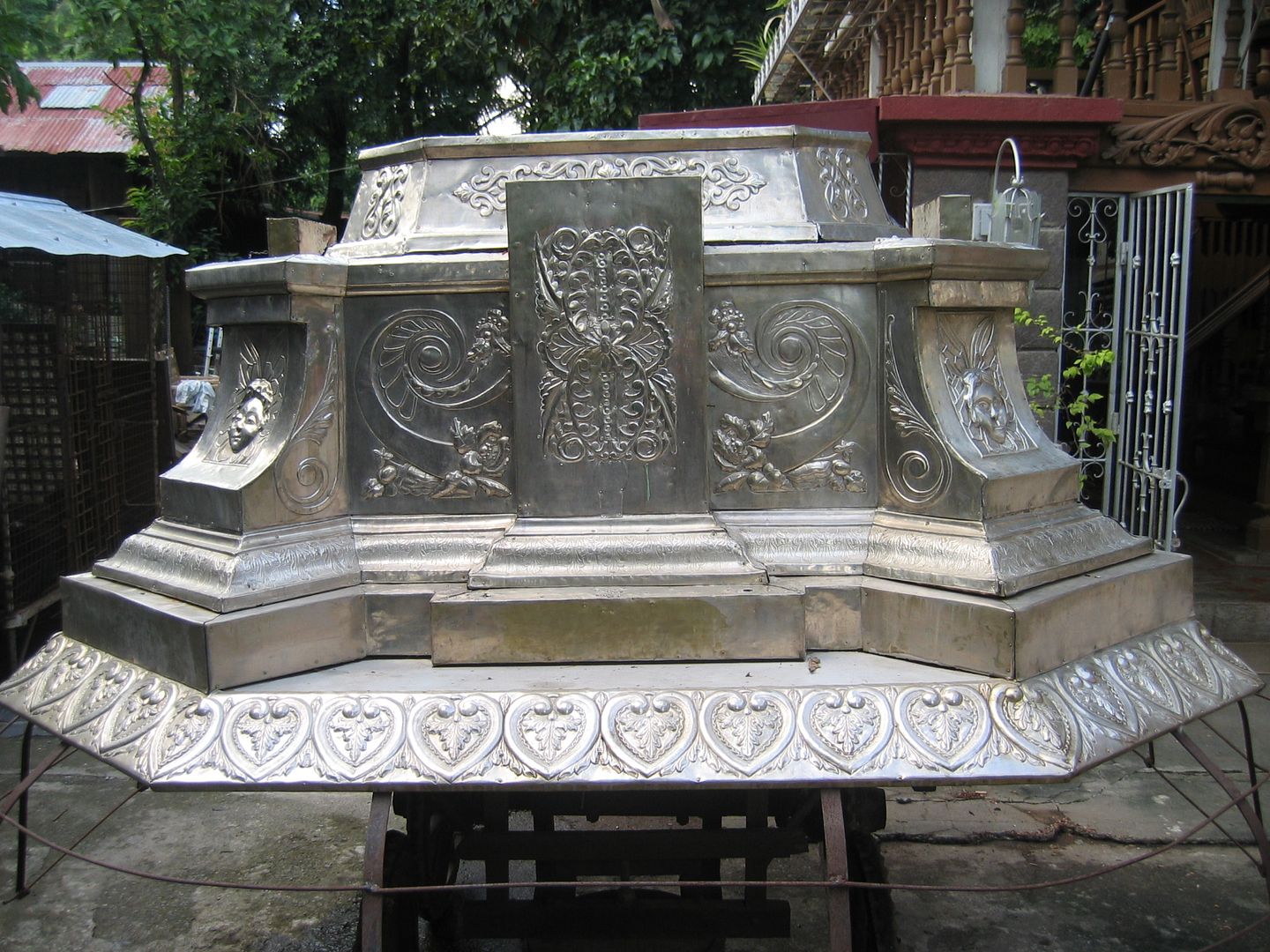





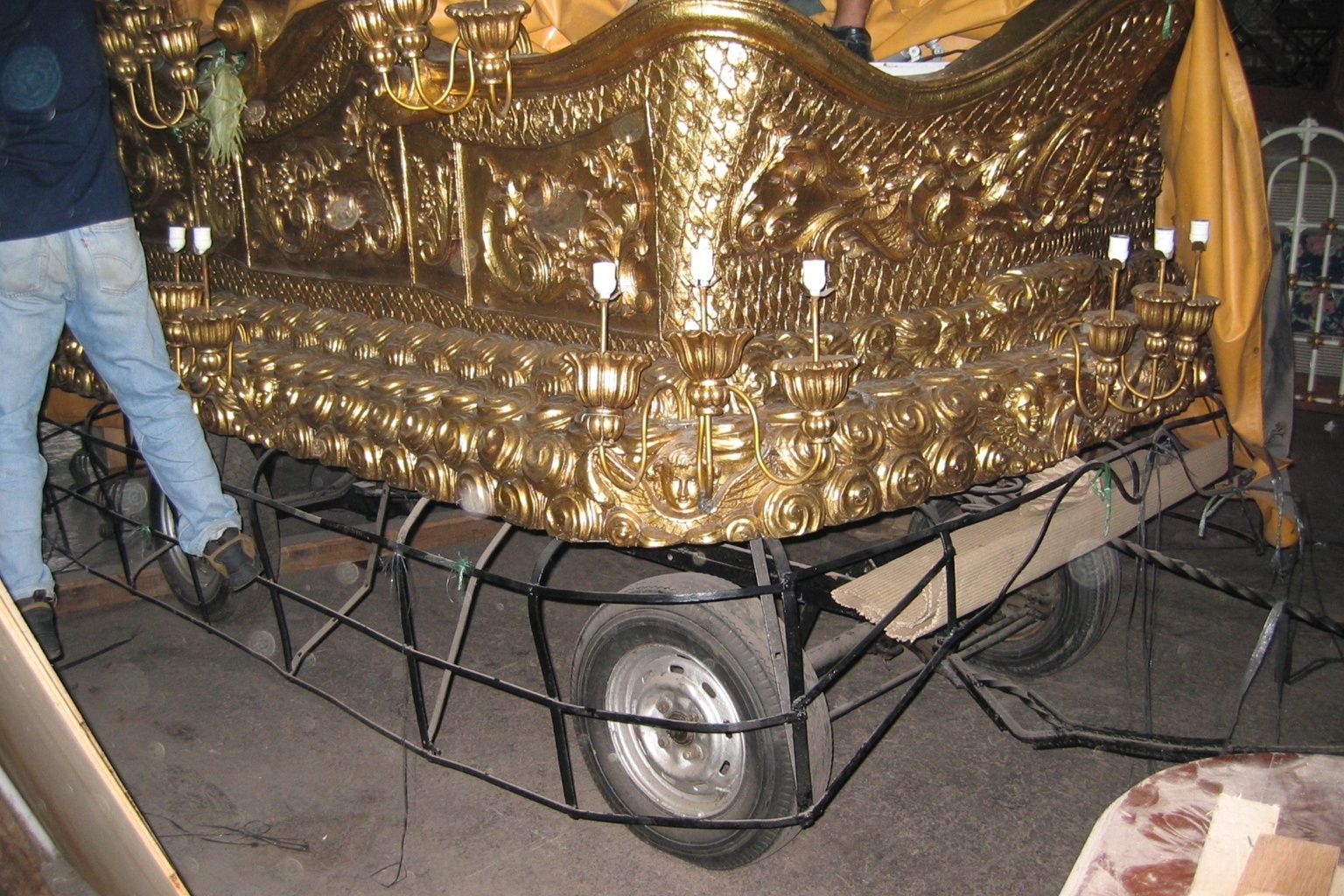
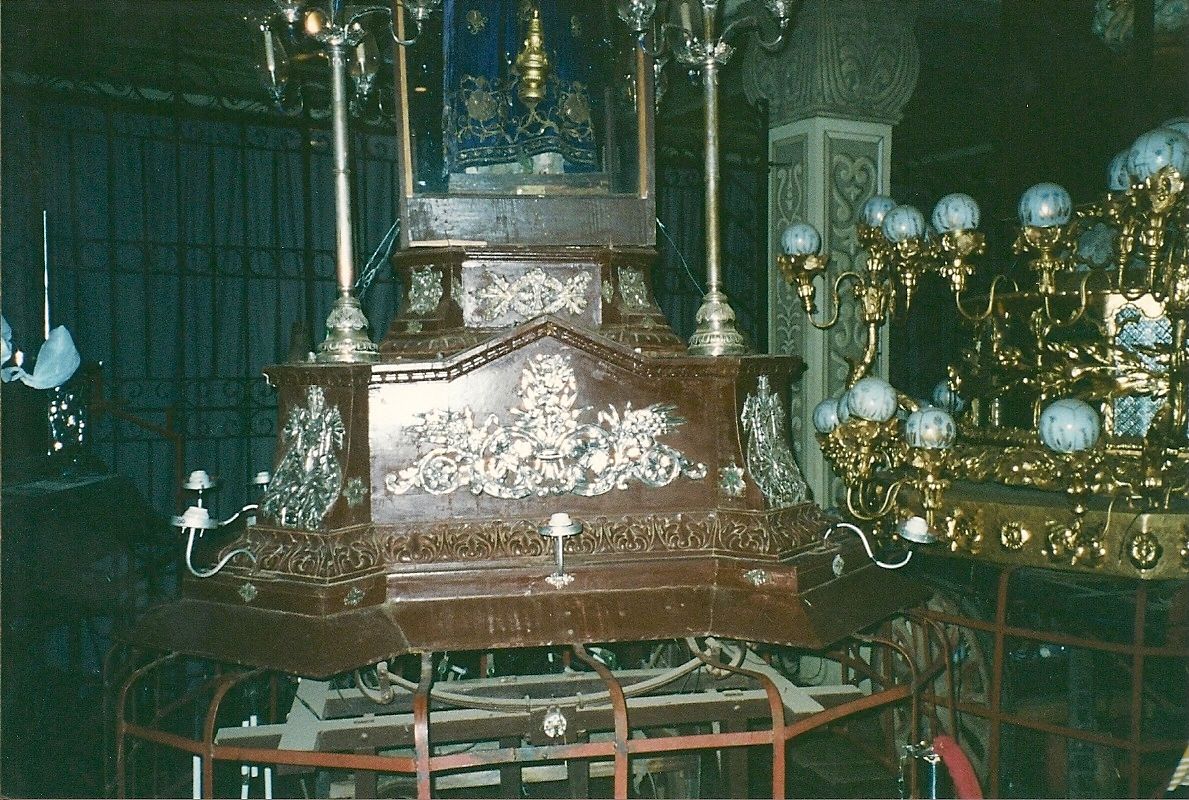
No comments:
Post a Comment